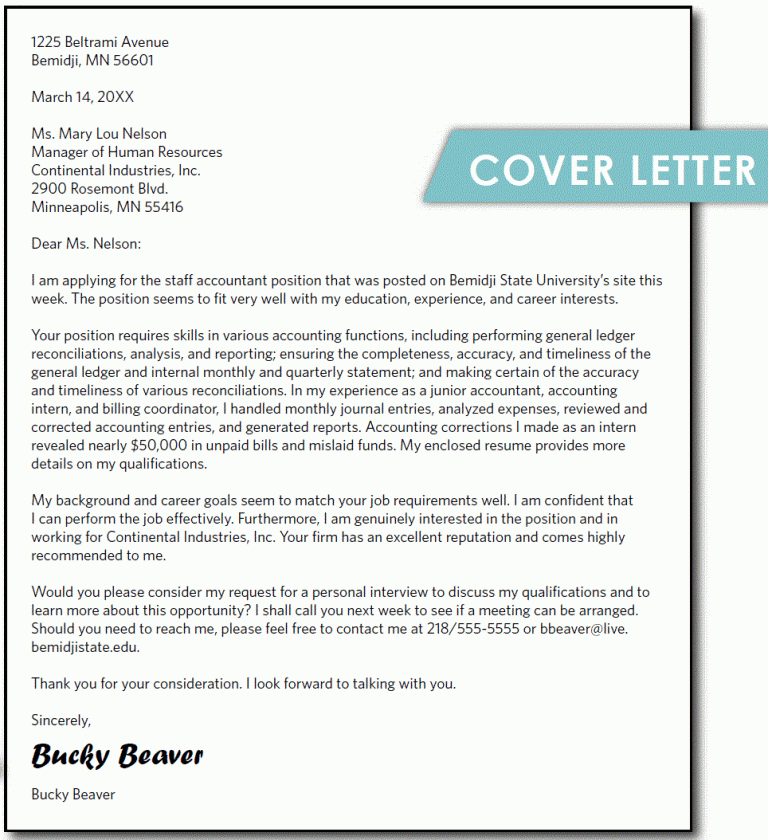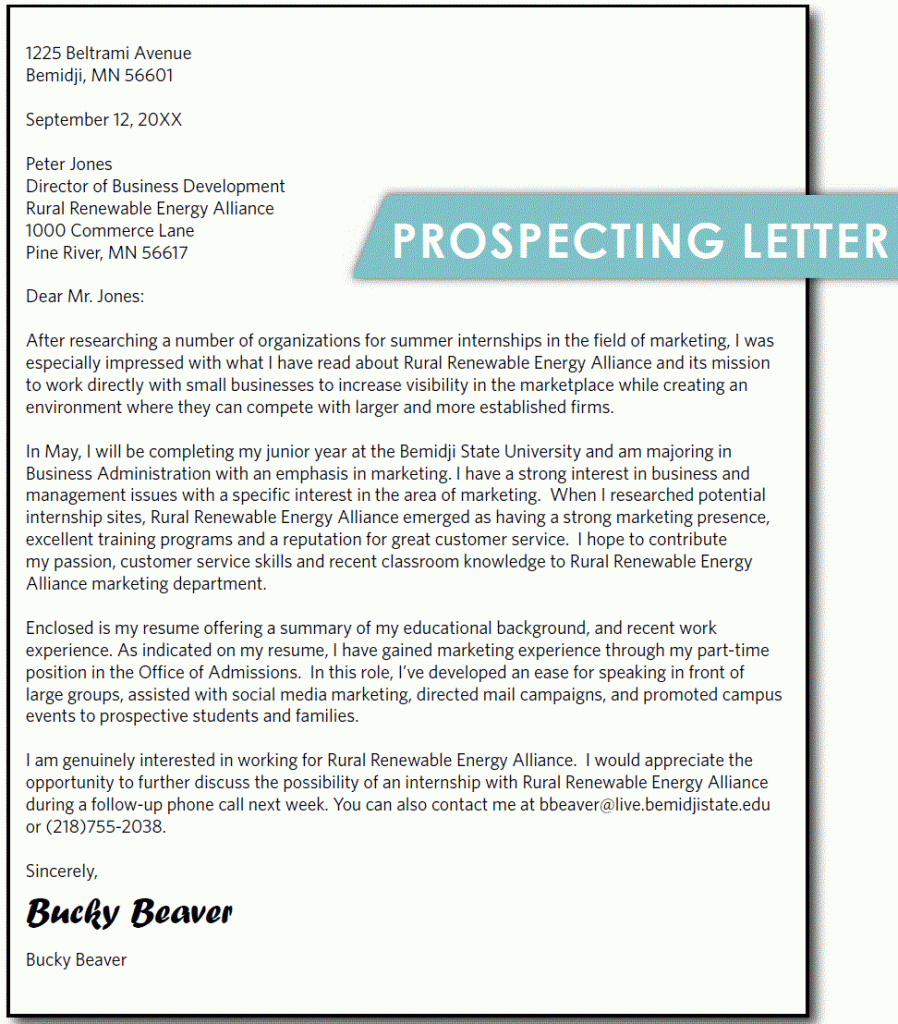Writing a Cover Letter
A well-crafted cover letter is your chance to make a strong first impression and complement your resume. It gives you the opportunity to showcase your personality, explain your interest in the position, and highlight your most relevant skills and experiences.
Each cover letter should be tailored to the specific job and company you’re applying to—there’s no “one size fits all” approach. After researching the role and organization, your letter should show how your background aligns with the position, demonstrate your value as a prospective employee, and persuade the reader to take action.
What to Include
Heading
Your cover letter heading should match your resume exactly for a consistent, professional look. Be sure to include:
-
The date you’re submitting the letter
-
The company’s address, including department and, if possible, the hiring manager’s name
-
A greeting addressed to a specific individual; if unknown, use a title like “Hiring Manager” or “[Company Name] Team”
First Paragraph: Why Them?
Briefly introduce yourself, explain how you found the position, and why you’re interested in this role and organization. What drew you to this opportunity?
Second Paragraph: Why You?
Highlight your most relevant experiences, accomplishments, and skills. What makes you the best candidate for the position? Use specific examples.
Third Paragraph: Next Steps
State your intentions clearly—are you requesting an interview or follow-up? Mention any attached materials (like your resume), thank the reader, and express your enthusiasm for the opportunity.
Need help getting started?
Visit Career Advancement to set up an appointment and get one-on-one support with your cover letter.


